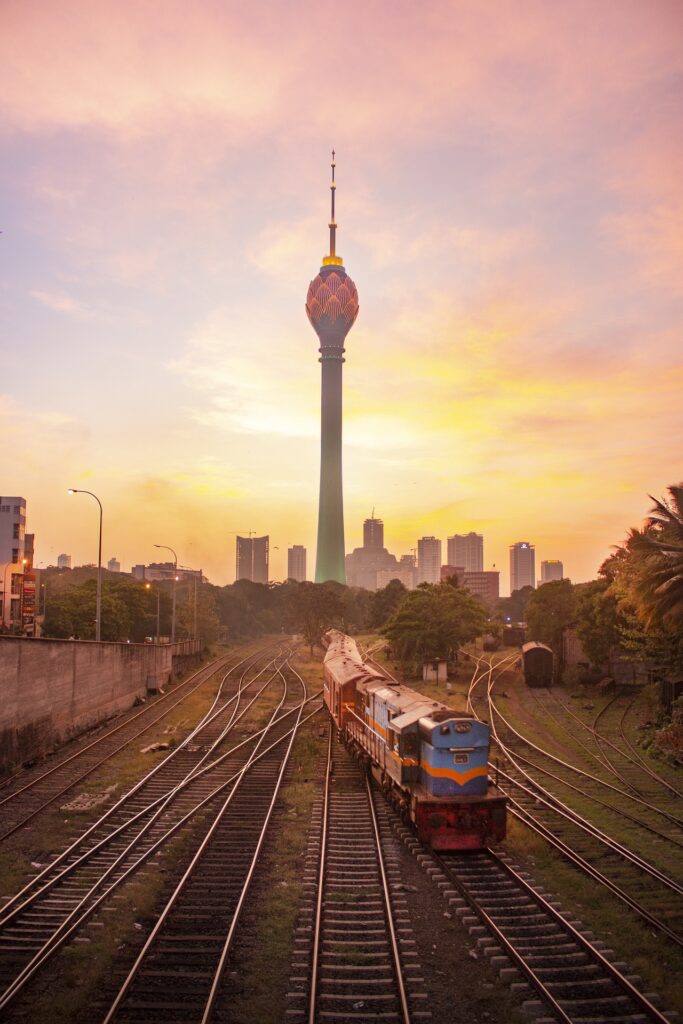Sri Lanka At A Glance
Within a mere area of 65,610 kilometres lie 8 UNESCO World Heritage Sites, 1,330 kilometres of coastline – much of it pristine beach – 26 national parks showcasing an abundance of wildlife, nearly 500,000 acres of lush tea estates, 250 acres of botanical gardens, 350 waterfalls, 25,000 water bodies, to a culture that extends back to over 2,500 years.

Sri Lanka, officially the Democratic Socialist Republic of Sri Lanka, is an island country in South Asia, located in the Indian Ocean to the southwest of the Bay of Bengal and to the southeast of the Arabian Sea. The island is geographically separated from the Indian subcontinent by the Gulf of Mannar and the Palk Strait.
Sri Lanka packs an extraordinary variety of places to visit within its modest physical dimensions, and few islands of comparable size can boast a natural environment of such beauty and diversity. Sri Lanka’s documented history spans 3,000 years, with evidence of pre-historic human settlements dating back to at least 125,000 years.
The remarkable achievements of the early Sinhalese civilization can still be seen in the sequence of ruined cities and great religious monuments that litter the northern plains.
Lapped by the Indian Ocean, the coast is fringed with idyllic – and often refreshingly undeveloped – beaches, while the interior boasts a compelling variety of landscapes ranging from wildlife-rich lowland jungles, home to extensive populations of elephants, leopards and rare endemic bird species, to the misty heights of the hill country, swathed in immaculately manicured tea plantations. Nor does the island lack in man-made attractions.
